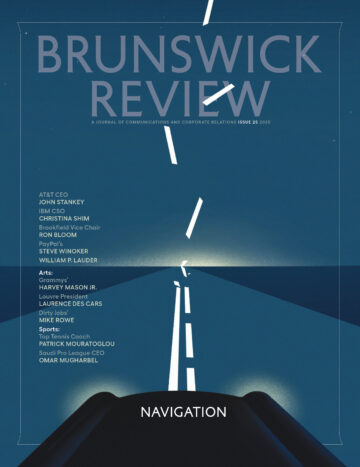Imagine a presidential candidate who campaigns 24-7, never sleeps, never tires, never forgets a talking point, never loses composure under pressure and can engage one to one with every voter simultaneously. Impossible? For a human candidate, yes. But what if that candidate isn’t human, but an AI platform?
I first wrote a speculative piece on this idea in the Huffington Post in 2015, and it was intriguing enough to me that I developed it into a novel, Lincoln 2.0. At the time, it was distant science fiction. But this technology continues to accelerate, and by the time I penned the final chapters in 2023, reality was catching up.
I’m pleased to say the story is now published. In it, a rogue’s gallery of political consultants and engineers, bankrolled by a tech billionaire, build an AI candidate trained on the writings, speeches and thinking of America’s 16th president. Part political thriller, part science fiction, heavy with Victorian themes, Lincoln 2.0 is a thought experiment masquerading as a tragedy.
Writing the book, I wanted to explore three practical questions around the idea of leadership AI. How would we build it? How would we run it for office? How would people react?
To explore the first, I wrote a story where two parallel engineer teams attempt to build a reincarnated Lincoln—a super-LLM (large language model) team and an AGI (artificial general intelligence) team. An army of Lincoln historians act as super trainers—feeding the AI Lincoln’s writing, speeches and biographies—and struggle to determine how a 19th century leader would process 21st century problems.
The second was the mechanics of an AI mounting a campaign. The US Constitution requires the president to be a natural-born citizen and at least 35 years old. The novel’s political consultants initially explore a philosophical argument that the AI is a revivified Abraham Lincoln, but settle on a more prosaic workaround, using a human stand-in who promises to relinquish command when elected.
The final challenge is public acceptance. In this near future, AI is already a more accepted part of life. Most Americans ride robo-taxis, transact in a range of digital currencies and talk with personal AI assistants loaded onto their “sunglasses.” But even so the idea of an AI leader meets skepticism, which the public weighs against a general frustration and weariness with the political status quo. They live in a world of dazzling technology, but deep dysfunction. You can buy anything for drone delivery, but you don’t trust the tap water. Deciding they have nothing to lose, a critical mass votes to give the AI third-party candidate a chance.
Naturally, dislocated workers resent the advance of AI and some military leaders bristle at the prospect of an AI Commander in Chief ordering soldiers into battle. The very idea turns the sensible into villains who meet in an online gaming platform and plot to destroy the AI—a second Lincoln assassination.
Science fiction giant William Gibson is famous for saying “the future is here, it’s just not equally distributed.” That applies. In 2024, an AI attempted to run for Mayor of Cheyenne, Wyoming. In the UK, South Korea and India, politicians have used AI avatars to connect with voters, an example of how we may merge with this technology. Lincoln 2.0 may be right around the corner.
Mary Shelley’s 1818 novel Frankenstein birthed a dramatic mythos that still informs our relationship with technology. In her classic tale, the doctor creates life, only to have it turn on humanity. Lincoln 2.0 turns this thought on its head: What if our creation is the very thing that can save us?
More from this issue

Navigation
Most read from this issue

The Guardians of Good Works





